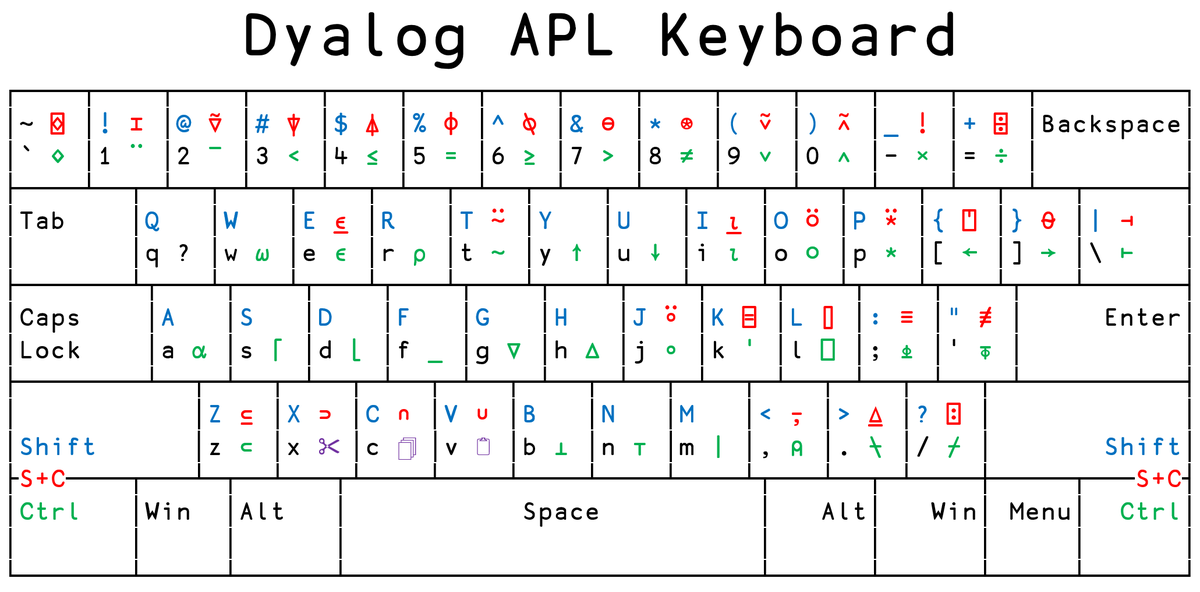considering super trivial problems; "find the index of the last even number in an array". OK, I can do that, find the remainders of 2, iota-underbar to get the indexes, the neg-1 take.
And it's fast.
but in the back of my head, I'm thinking "in another language, I'd walk the array backwards and stop at the first match", saving a lot of work
And it's fast.
but in the back of my head, I'm thinking "in another language, I'd walk the array backwards and stop at the first match", saving a lot of work


